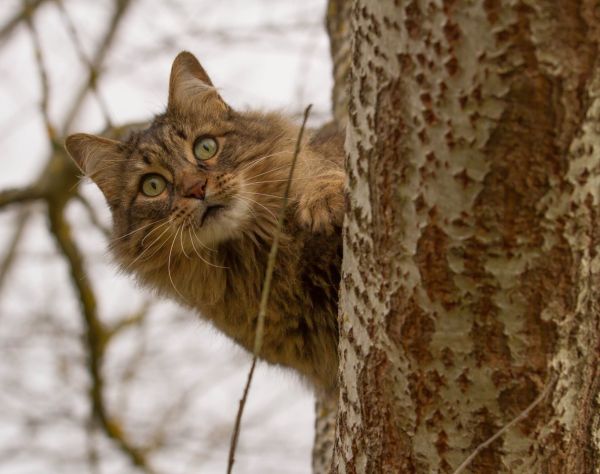 This fatal disease is caused by a retrovirus, the feline leukemia virus.
This fatal disease is caused by a retrovirus, the feline leukemia virus.
About 40% of contaminated cats are able to fight off infection and get rid of the virus after an infection phase which lasts less than 3 months. They will resist to any further FeLV infection. About 30 other percents will develop the disease.
The remaining 30% will be latent carriers; they may remains asymptomatic during several years until the virus, which has settled in the bone marrow cells, awakes because of a stress. One latent carrier out of 10 will develop the disease.
One cat infected by feline leukemia will excrete virus all his life long. He is thus permanently contagious.
We also have more information about the feline immunodeficiency virus.
Transmission of feline leukemia
Feline leukemia can be easily transmitted by (prolonged) direct contact (grooming, bite wounds, urines), but also from mother to kittens, through placenta or milk. The virus does not resist very long in the environment, so indirect contamination is quite unlikely to occur.
Kittens and young cats are more sensitive to FeLV. A cat may however be contaminated at any age.
Wild and free-ranging cats are an important source of virus.
Signs of feline leukemia
Symptoms include low levels in red blood cells (anemia) often accompanied by low levels of white cells (leukopenia). This causes an immune suppression which promotes secondary infections such as PIF, hemobatonellosis, chronic gum disease which prevent the cat from eating, uveitis, abcesses…
FeLV may also induce cancers: lymphosarcomas, leukemia.
Among non spayed female cats, it may often cause abortions.
Testing for feline leukemia
Diagnosis is made through a blood sample and a test in your veterinarian’s office.
This test is usually undertaken by your vet when you adopt a kitten, or when a newcomer is introduced in a community of non-infected cats.
There is no efficient treatment against feline leukemia, even if interferon may increase the life expectancy of ill cats. Your vet can only fight against symptoms.
Vaccination is the key to feline leukemia prevention.
Cats that are positive for FeLv should never be mixed with those that are negative or not up to date with a vaccination against this fatal virus, you potentially condemn them to a life of suffering and illness.
If you found this useful…
- Click through to see our cats ready for adoption
- Stay up to date with your free Chats du Quercy newsletter
- Make a donation to help continue our work




